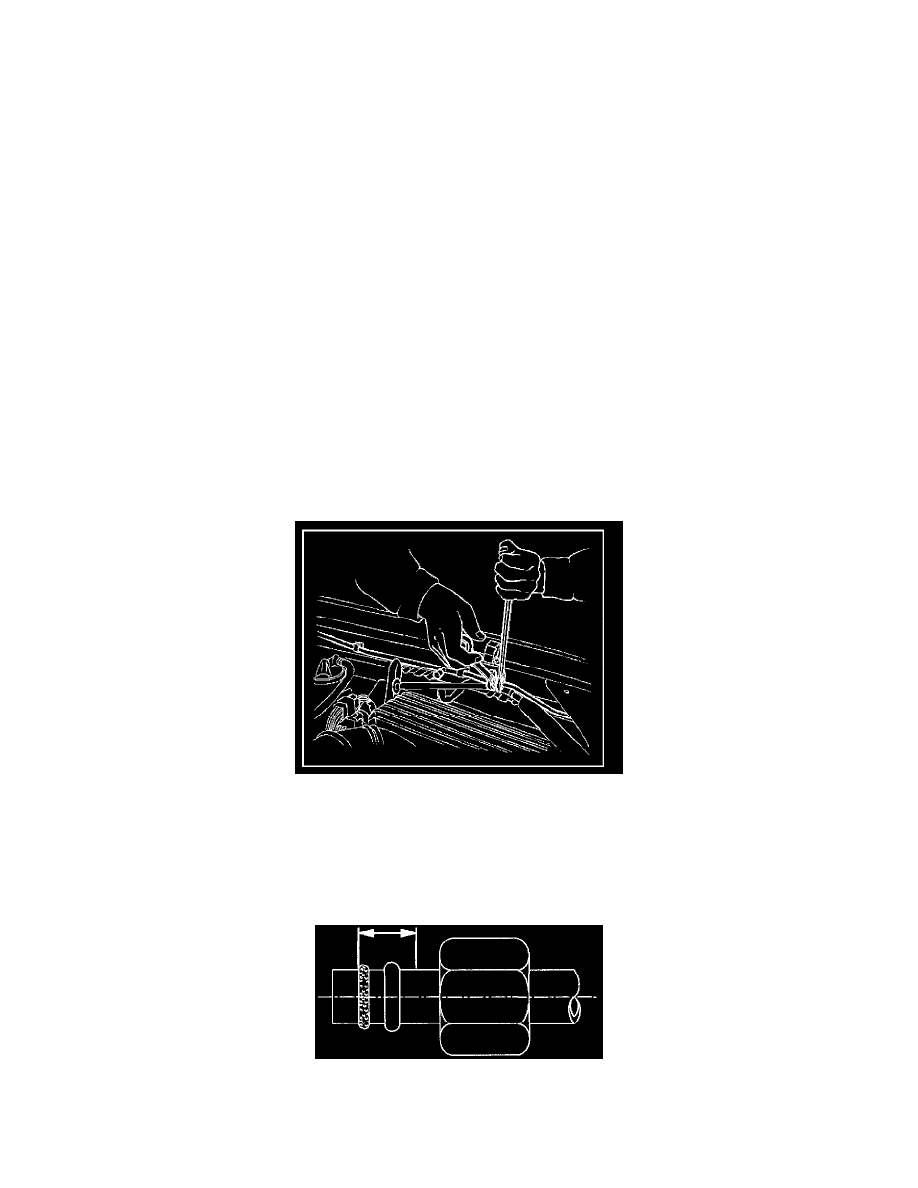Rodeo S 2WD L4-2.2L (1999)

Refrigerant: Service and Repair
Leak Check - Repair of Refrigerant Leaks
Precautions For Replacement or Repair of Air Conditioning Parts
There are certain procedures, practices and precautions that should be followed when servicing air conditioning systems:
-
Keep your work area clean.
-
Always wear safety goggle and protective gloves when working on refrigerant systems.
-
Beware of the danger of carbon monoxide fumes caused by running the engine.
-
Beware of discharged refrigerant in enclosed or improperly ventilated garages.
-
Always disconnect the negative battery cable and discharge and recover the refrigerant whenever repairing the air conditioning system.
-
When discharging and recovering the refrigerant, do not allow refrigerant to discharge too fast; it will draw compressor oil out of the system.
-
Keep moisture and contaminants out of the system. When disconnecting or removing any lines or parts, use plugs or caps to close the fittings
immediately. Never remove the caps or plugs until the lines or parts are reconnected or installed.
-
When disconnecting or reconnecting the lines, use two wrenches to support the line fitting, to prevent from twisting or other damage.
-
Always install new O-rings whenever a connection is disassembled.
-
Before connecting any hoses or lines, apply new specified compressor oil to the O-rings.
-
When removing and replacing any parts which require discharging the refrigerant circuit, the operations described must be performed in the
following sequence:
1. Use the J-39500 (ACR4: HFC-134a Refrigerant Recovery/Recycling/Recharging/System) or equivalent to thoroughly discharge and recover the
refrigerant.
2. Remove and replace the defective part.
3. After evacuation, charge the air conditioning system and check for leaks.
Repair of Refrigerant Leaks
Refrigerant Line Connections
Install new O-rings, if required. When disconnecting or connecting lines, use two wrenches to prevent the connecting portion from twisting or becoming
damaged.
When connecting the refrigerant line at a block joint, securely Insert the projecting portion of the joint portion into the connecting hole on the unit side
and secure with a bolt. Apply the specified compressor oil to the O-rings prior to connecting.
CAUTION: Compressor (PAG) oil to be used varies according to the compressor model. Be sure to apply oil specified for the model of compressor.
